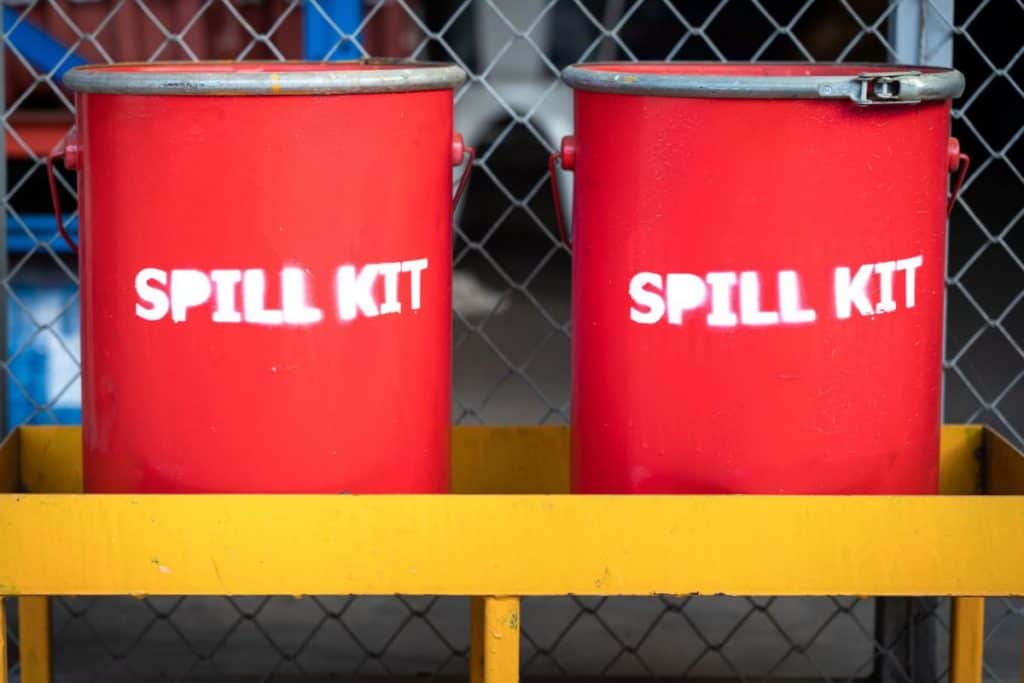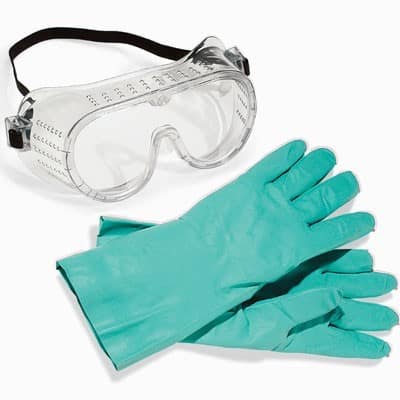Nitric acid is a highly corrosive and toxic chemical commonly used in various industries, including manufacturing, pharmaceuticals, and agriculture. Handling this substance requires stringent safety measures, especially in the event of a spill. Ignoring proper safety protocols can lead to severe injuries, environmental damage, and costly penalties. This article outlines essential safety protocols for handling nitric acid spills, ensuring that you and your team are prepared for any emergency.
Understanding Nitric Acid Spills
What is Nitric Acid?
Nitric acid (HNO₃) is a colorless, highly corrosive liquid used in the production of fertilizers, explosives, and other chemicals. It can cause severe burns upon contact with skin and is dangerous when inhaled or ingested. This makes it crucial to follow proper handling and spill response procedures.
Risks Associated with Nitric Acid
Nitric acid poses several risks, including:
- Skin and Eye Burns: Direct contact can cause severe burns and permanent damage.
- Respiratory Issues: Inhalation of fumes can lead to respiratory problems.
- Environmental Damage: Spills can contaminate water sources and soil.
- Chemical Reactions: Nitric acid can react violently with other chemicals, causing explosions or the release of toxic gases.

Immediate Response to Nitric Acid Spills
Evacuate the Area
The first and most important step in handling a nitric acid spill is to evacuate the area. Ensure that all personnel are safely removed from the vicinity of the spill to prevent exposure to harmful fumes and potential chemical reactions.
Alert Emergency Services
Once the area is evacuated, immediately alert emergency services and your facility’s hazardous materials (HazMat) team. Provide them with detailed information about the spill, including the quantity of nitric acid involved and the exact location.
Contain the Spill
Before attempting to clean up the spill, it’s crucial to contain it to prevent the spread of nitric acid. Use appropriate containment materials such as absorbent pads, neutralizing agents, or spill berms to encircle the spill area.
Personal Protective Equipment (PPE)
Essential PPE for Nitric Acid Spills
When dealing with nitric acid spills, wearing the correct personal protective equipment (PPE) is vital. Essential PPE includes:
- Chemical-resistant gloves: To protect hands from burns and corrosive damage.
- Safety goggles or face shields: To shield eyes from splashes.
- Chemical-resistant aprons or suits: To protect the body from contact with nitric acid.
- Respirators or masks: To prevent inhalation of harmful fumes.
Proper PPE Usage
Ensure that all personnel involved in the spill response are trained in the proper use of PPE. Regularly inspect and maintain PPE to guarantee its effectiveness in protecting against chemical exposure.
Cleanup Procedures
Neutralizing the Spill
Neutralizing the spill is a critical step in the cleanup process. Use appropriate neutralizing agents, such as sodium bicarbonate or lime, to neutralize the acid. Carefully apply the neutralizing agent to the spill area, following the manufacturer’s instructions and safety guidelines.
Absorbing the Spill
After neutralizing the spill, use absorbent materials such as vermiculite, sand, or commercial absorbent pads to soak up the remaining liquid. Ensure that the absorbent material is compatible with nitric acid to avoid any adverse reactions.
Disposal of Contaminated Materials
Proper disposal of contaminated materials is essential to prevent further environmental damage. Place the neutralized and absorbed nitric acid, along with any contaminated PPE and cleanup materials, into designated hazardous waste containers. Label the containers clearly and arrange for safe disposal according to local regulations.

Long-term Safety Measures
Regular Training and Drills
Conduct regular training sessions and emergency drills to ensure that all personnel are familiar with nitric acid spill response procedures. Training should cover proper PPE usage, spill containment, neutralization, and cleanup techniques.
Safety Inspections and Maintenance
Regularly inspect storage areas, equipment, and PPE to identify potential hazards and ensure that all safety measures are in place. Perform routine maintenance on equipment used for handling nitric acid to prevent leaks and spills.
Emergency Response Plan
Develop a comprehensive emergency response plan that outlines specific actions to take in the event of a nitric acid spill. The plan should include contact information for emergency services, details on spill containment and cleanup procedures, and guidelines for communicating with affected personnel and the public.
Case Studies and Lessons Learned
Case Study: Industrial Nitric Acid Spill
In 2018, a major nitric acid spill occurred at an industrial facility, resulting in significant environmental damage and injuries to several workers. The incident highlighted the importance of proper spill response protocols and the need for regular training and safety inspections.
Lessons Learned
- Prompt Evacuation: Quick evacuation of the area minimized exposure to harmful fumes and reduced the number of injuries.
- Effective Communication: Clear communication with emergency services and HazMat teams ensured a swift and coordinated response.
- Proper PPE Usage: Workers wearing appropriate PPE were better protected from burns and inhalation injuries.
Conclusion
Handling nitric acid spills requires a thorough understanding of the risks and proper safety protocols. By following the guidelines outlined in this article, you can ensure a safe and effective response to nitric acid spills, minimizing harm to personnel and the environment. Regular training, proper PPE usage, and a well-developed emergency response plan are essential components of a successful spill management strategy.
Stay prepared, stay safe, and prioritize safety protocols in every aspect of handling nitric acid.
Call to Action: Shop at Absorbents Online
Ensure that your facility is fully equipped to handle potential spills effectively by visiting Absorbents Online. They offer a comprehensive range of spill response products, including absorbent pads, neutralizing agents, and personal protective equipment specifically designed for hazardous materials. By stocking up on high-quality safety supplies, you not only comply with safety protocols but also enhance the safety of your personnel and the environment. Don’t wait until it’s too late—shop now at Absorbents Online to safeguard your workplace against hazardous spills!